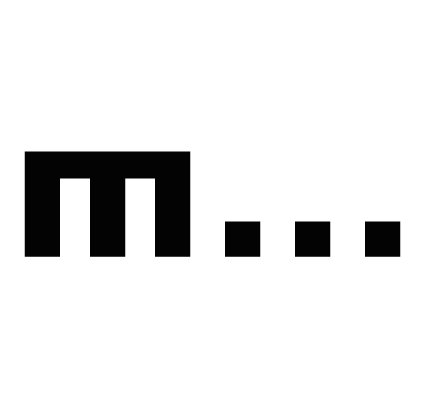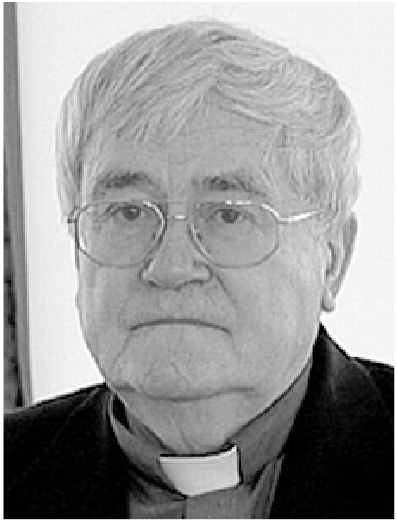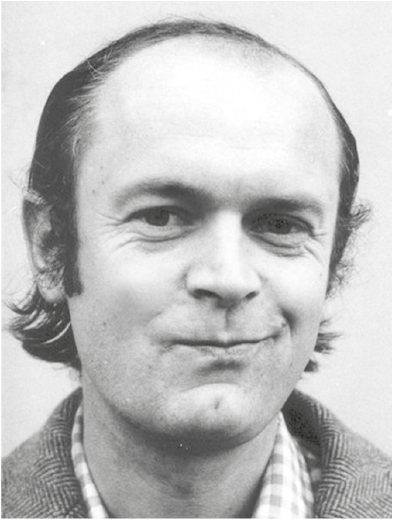File of an Enemy person (EP) was kept in order to congregate all written evidence against people, who, with their behaviour or political opinions endangered or could endanger the internal order and security of the state. According to the degree of danger, the so-called enemy people were divided into 4 categories.
The evidence of enemy people began to be built at the beginning of the 1970s in relation to the normalization cleansing process. As of 1 October 1974, there were 11 884 registered enemy people in the CSR. The counter-intelligence headquarters in Bratislava registered in the 1st category of danger people such as Alexander Dubček, Jozef Jablonický, Miroslav Kusý, Hana Ponická, Milan Šimečka, Dominik Tatarka or Julius Strinka. In the 2nd category there were people such as Viktor Pavlenda, Tomáš Petřivý, Štefan Sádovský, Milan Šimečka ml., Juraj Špitzer or Jozef Zrak. The activists of the secret Church, layman apostolate and dissent also became dangerous for the regime: Ján Chryzostom Korec, Silverster Krčméry, Helena Gondová, Peter Rúčka, Anton Selvký, Ján Čarnogurský, Rudolf Fiby, Alojz Takáč, Bartolomej Urbanec, Marcel Strýko, Slavomír Stračár, Tibor Ferko, Igor Ďurišin, Ondrej Halaga etc.




